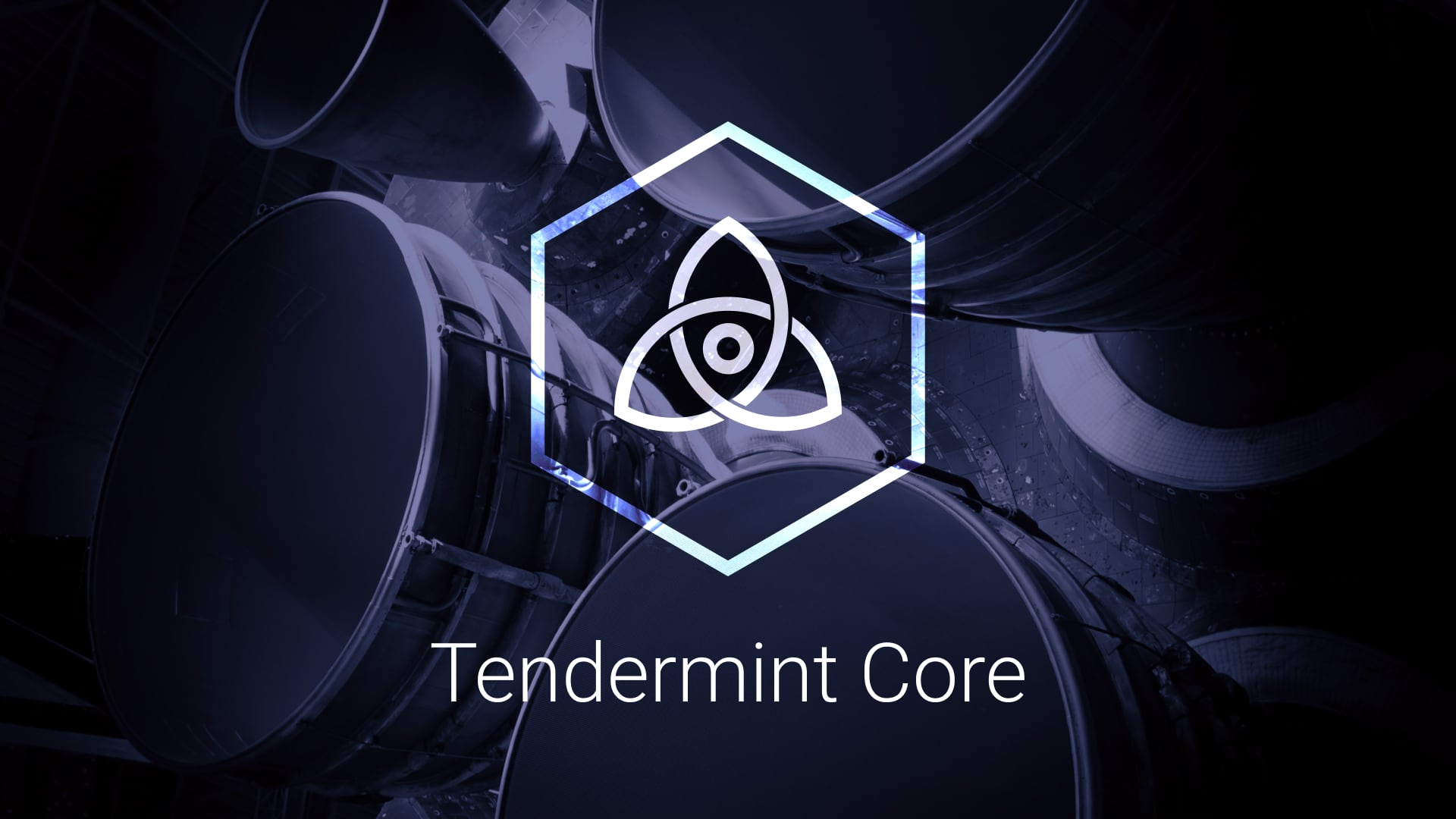Byzantine-Fault Tolerant State Machines. Or Blockchain, for short.
| Branch | Tests | Coverage | Linting |
|---|---|---|---|
| master |
Tendermint Core is Byzantine Fault Tolerant (BFT) middleware that takes a state transition machine - written in any programming language - and securely replicates it on many machines.
For protocol details, see the specification.
For detailed analysis of the consensus protocol, including safety and liveness proofs, see our recent paper, "The latest gossip on BFT consensus".
Please do not depend on master as your production branch. Use releases instead.
Tendermint is being used in production in both private and public environments, most notably the blockchains of the Cosmos Network. However, we are still making breaking changes to the protocol and the APIs and have not yet released v1.0. See below for more details about versioning.
In any case, if you intend to run Tendermint in production, we're happy to help. You can contact us over email or join the chat.
To report a security vulnerability, see our bug bounty program. For examples of the kinds of bugs we're looking for, see our security policy
We also maintain a dedicated mailing list for security updates. We will only ever use this mailing list to notify you of vulnerabilities and fixes in Tendermint Core. You can subscribe here.
| Requirement | Notes |
|---|---|
| Go version | Go1.15 or higher |
Complete documentation can be found on the website.
See the install instructions.
- Single node
- Local cluster using docker-compose
- Remote cluster using Terraform and Ansible
- Join the Cosmos testnet
Please abide by the Code of Conduct in all interactions.
Before contributing to the project, please take a look at the contributing guidelines and the style guide. You may also find it helpful to read the specifications, watch the Developer Sessions, and familiarize yourself with our Architectural Decision Records.
Tendermint uses Semantic Versioning to determine when and how the version changes. According to SemVer, anything in the public API can change at any time before version 1.0.0
To provide some stability to Tendermint users in these 0.X.X days, the MINOR version is used to signal breaking changes across a subset of the total public API. This subset includes all interfaces exposed to other processes (cli, rpc, p2p, etc.), but does not include the Go APIs.
That said, breaking changes in the following packages will be documented in the CHANGELOG even if they don't lead to MINOR version bumps:
- crypto
- config
- libs
- bech32
- bits
- bytes
- json
- log
- math
- net
- os
- protoio
- rand
- sync
- strings
- service
- node
- rpc/client
- types
In an effort to avoid accumulating technical debt prior to 1.0.0, we do not guarantee that breaking changes (ie. bumps in the MINOR version) will work with existing Tendermint blockchains. In these cases you will have to start a new blockchain, or write something custom to get the old data into the new chain. However, any bump in the PATCH version should be compatible with existing blockchain histories.
For more information on upgrading, see UPGRADING.md.
Because we are a small core team, we only ship patch updates, including security updates, to the most recent minor release and the second-most recent minor release. Consequently, we strongly recommend keeping Tendermint up-to-date. Upgrading instructions can be found in UPGRADING.md.
For details about the blockchain data structures and the p2p protocols, see the Tendermint specification.
For details on using the software, see the documentation which is also hosted at: https://docs.tendermint.com/master/
Benchmarking is provided by tm-load-test.
Additional tooling can be found in /docs/tools.
- Cosmos SDK; a cryptocurrency application framework
- Ethermint; Ethereum on Tendermint
- Many more




